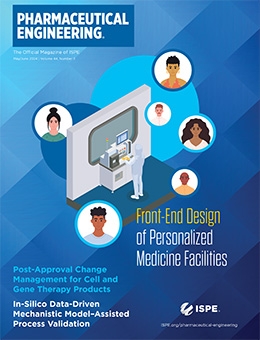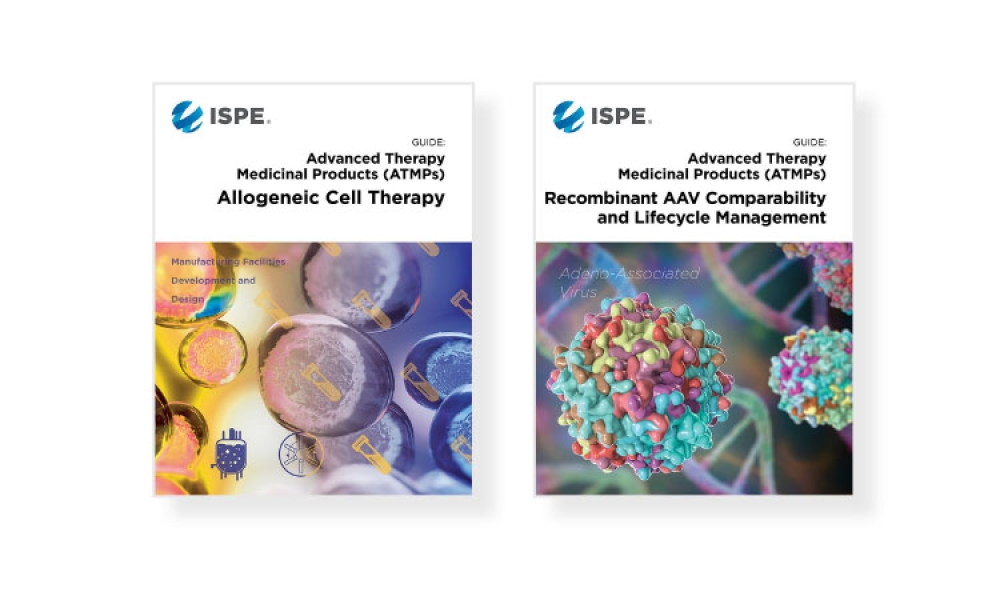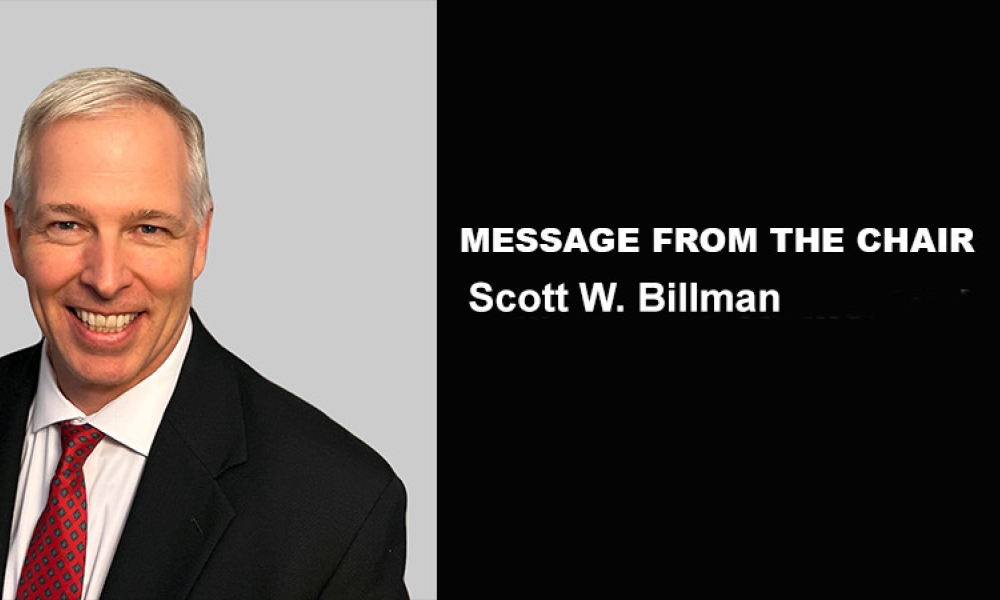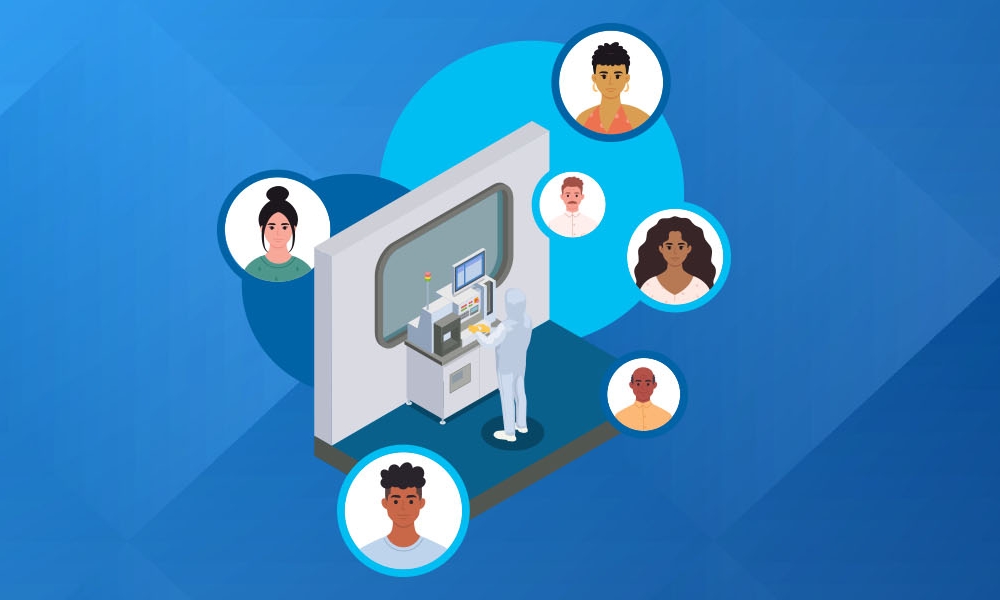In each issue of Pharmaceutical Engineering®, we introduce a member of the ISPE staff who provides ISPE members with key information and services. Meet Matt Lehmann, Custom Training Manager, Professional Development.

Downloads
Front-End Design of Personalized Medicine Facilities
Cover: The commercialization of personalized medicine has ushered in demand for a new type of facility— personalized medicine facilities—which can produce thousands of small-scale batches per year. There are currently only a handful of these sites, but many more are in various stages of design and construction. Designing these personalized medicine facilities presents new challenges, and a different design approach is necessary. Cyclic scheduling can produce high-quality models rapidly and aid collaborative design. A focus on room and zone availability and movements can prevent bottlenecks in corridors, gowning, and airlocks to streamline production.
Post-Approval Change Management for Cell and Gene Therapy Products
Feature: Cell and gene therapy C> products represent a significant step forward in patient treatment and often offer unique patient benefits. However, product developers face significant hurdles within the regulatory landscape. The tools laid out in the International Council for Harmonisation of Technical Requirements for Pharmaceuticals for Human Use (ICH) Q12 guideline: “Technical and Regulatory Considerations for Pharmaceutical Product Lifecycle Management” could provide novel ways to manage the regulatory interface for C> products in a proactive science- and risk-based manner.
In-Silico Data-Driven Mechanistic Model–Assisted Process Validation
Feature: The US Food and Drug Administration (FDA) advocates for the integration of quality by design (QbD) principles throughout the pharmaceutical product development landscape, aiming to elevate both process understanding and product quality. Key challenges to the process control strategy include navigating time- and resource-intensive processes. One solution is digital shadow technology which, when constructed using mechanistic models, offers many benefits throughout the product life cycle.
Continuous Buffer Management System: Large-Scale Buffer Preparation
Feature: Although traditional tank farm systems have long been the cornerstone of buffer preparation, they face challenges that have grown with the expansion of processing scale in the industry. This article explores the concept of the continuous buffer management system (CBMS) as an alternative to traditional buffer tank farm methods. We analyze the historical progression of buffer preparation, highlight the advantages and challenges of the CBMS, and present an overview of its hardware components, system design, and process control strategies to demonstrate the viability of the CBMS as a robust and cost-effective solution for biopharmaceutical buffer management at production scale.
Quality Risk Management for Biopharmaceuticals
Feature: In the dynamic and highly regulated world of biopharmaceutical manufacturing, maintaining and ensuring quality is a critical success factor. An effective quality risk management (QRM) system is a key component in the overall quality management infrastructure of biopharmaceutical organizations. It offers a structured, scientific, and risk-based approach to decision-making, addressing potential quality issues during manufacturing. High performing organizations effectively implement QRM into overall quality policies and procedures to enhance and streamline decision-making.
In This Issue
In the dynamic and highly regulated world of biopharmaceutical manufacturing, maintaining and ensuring quality is a critical success factor. An effective quality risk management (QRM) system is a key component in the overall quality management infrastructure of biopharmaceutical organizations. It offers a structured, scientific, and risk-based approach to decision-making, addressing potential...
The 2024 ISPE Facilities of the Future Conference opened on 29 January in San Francisco, California, with a series of six keynote presentations on innovations that are leading to advanced...
The 2024 ISPE Biotechnology Conference will be held 17–18 June in Boston, Massachusetts, and virtually. Phillip R. Smith is the conference’s Planning Chair. He shares what attendees can expect at the upcoming...
One of the primary technical objectives of the ISPE Pharma 4.0™ Plug and Produce Working Group is to assist the Pharma 4.0™ digital transformation by enabling seamless integration and interoperability between all systems components and operational technology to advance the overall digital maturity toward predictive and adaptable operations.
The ISPE Guide: Advanced Therapy Medicinal Products – Allogeneic Cell Therapy and the ISPE Guide: Advanced Therapy Medicinal Products – Recombinant AAV Comparability and Lifecyle Management were published earlier this year. These guides add to ISPE’s library of knowledge in the growing and ever-evolving advanced therapy medicinal products (ATMPs) field.
Frances (Fran) M. Zipp was awarded the ISPE Joseph X. Phillips Professional Achievement Award at the 2023 ISPE Annual Meeting and Expo. The award is named in honor of Joe Phillips, longtime supporter of ISPE and a leader in establishing the Society as an “integrator” of industry and regulators, both during his years of service with the FDA and later when he became International Regulatory...
Advanced therapy medicinal products (ATMPs) and cell and gene therapies (C>s) represent a promising medical product class that employs gene therapy, cell therapy, or tissue engineering to address various diseases and injuries. One critical aspect of ATMP and C> manufacturing is using cell culture media. With thousands of ATMPs and C>s in clinical trial phases, the role of...
Antibody engineering has transformed the development of therapeutic antibodies, enabling the creation of specific and effective treatments for a range of diseases. These antibody-based therapeutics are advancing in clinical development at a rapid rate and are being approved in record numbers. Currently, more than 100 monoclonal antibodies (mAbs) have been approved for the treatment of various...
Although traditional tank farm systems have long been the cornerstone of buffer preparation, they face challenges that have grown with the expansion of processing scale in the industry.
The US Food and Drug Administration (FDA) advocates for the integration of quality by design (QbD) principles throughout the pharmaceutical product development landscape, aiming to elevate both process understanding and product quality. Key challenges to the process control strategy include navigating time- and resource-intensive processes. One solution is digital shadow technology which, when...
Cell and gene therapy (C>) products represent a significant step forward in patient treatment and often offer unique patient benefits. However, product developers face significant hurdles within the regulatory landscape. The tools laid out in the International Council for Harmonisation of Technical Requirements for Pharmaceuticals for Human Use (ICH) Q12 guideline: “Technical and...
It is hard to believe that we are halfway through the year for the ISPE programs and the Board of Directors in 2024. We have continued to progress through the 2023–2025 ISPE Strategic Plan with engagement from Chapters, Affiliates, the ISPE Foundation, and ISPE committees and volunteers.
Laura-Ann Chin has more than 12 years of international and domestic contract and hands-on process engineering experience in the design and construction of current GMP facilities in the US, Europe, and Asia. She specializes in single-use solutions and modular technologies for scale-up, scale-out, and technology transfer in maximizing the performance of advanced therapy medicinal products,...
Glenn Lawrence’s first position at Merck & Co. was as a shift engineer for a large factory in Rahway, New Jersey. It was a great learning ground for chemical processing and automation. Glenn was in operations when he was asked to join the engineering department, where he did plant design for active pharmaceutical ingredients and vaccines. He was then asked to take over the engineering...
The ISPE Baseline® Guide Volume 5: Commissioning and Qualification (Second Edition) framework has gained significant attention, use, and adoption since the...
It is an exciting time to be an ISPE Emerging Leader! With conferences, professional development support, mentorship, and other opportunities, joining ISPE as an Emerging Leader can help boost your career and expand your network.
The emergence of new modalities and innovations on drug development and research, such as advanced therapy medicinal products (ATMPs) and personalized and precise therapies, presents new opportunities for the treatment and management of diseases and injuries. As these innovations continue to evolve, the regulatory landscape likewise evolves and this has led to the production of higher-quality,...
The commercialization of personalized medicine has ushered in demand for a new type of facility—personalized medicine facilities—which can produce thousands of small-scale batches per year. There are currently only a handful of these sites, but many more are in various stages of design and construction. Designing these personalized medicine facilities presents new challenges, and a different...





















